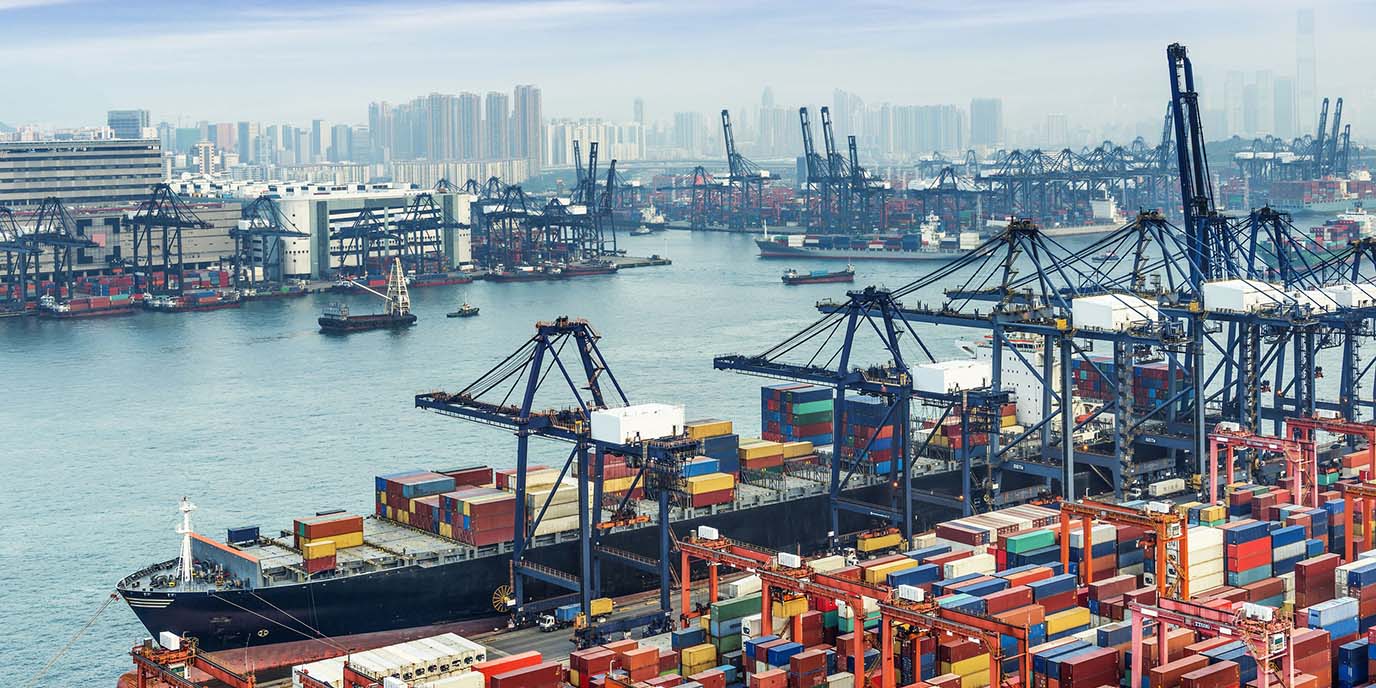Regional ports
Project leader(s):
Consortium:
University of Groningen, Groningen Seaports
Funding from:
Endowment Groningen Seaports
Summary:
In this project, a strategic cooperation between COPE and Groningen Seaports, the partners tried to find joint answers to a variety of port-related research questions. One major research theme was the reasons why businesses locate in the port. What role does cooperation with other businesses play in that decision? How can clustering be promoted? And what role will the port authority be able to fulfil in this?
Another issue concerned the criteria which are used to measure port performance. While a port's importance is often measured against its volume throughput in the port itself, the economic value which is added to the region also matters.
Synchromodal transport networks constituted a significant priority area in the research programme. These are networks in which shippers can switch at any time between transport modalities, including shipping and road transport, dependent on the situation. The project examined what roles Groningen Seaports and the Veendam rail terminal could play in such a network. The researchers also looked into what logistic flows play a role now and will play a role in the future, and what investments in infrastructure will be required for this.
The strategic partnership has produced, among other things, the following research results:
-
A maturity model which indicates how port authorities such as Groningen Seaports can develop into chain directors in the emerging biofuels market.
-
Insights into the role which ports can play in offshore windfarm supply chains, in particular as far as assembly and installation are concerned.
-
An overview of why companies, data centres for instance, set up their business in ports.
-
Specification of the possibilities of clustering, for instance, for the purpose of promoting the reuse of residual heat and the role a port authority can play in this respect.
-
Insights into the opportunities and challenges regarding logistic flows in shrinking regions, including the province of Groningen.


